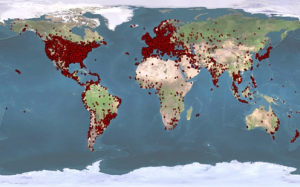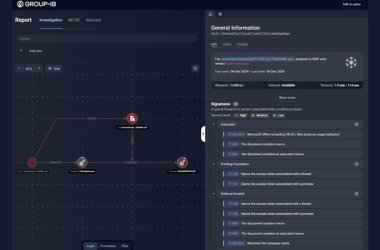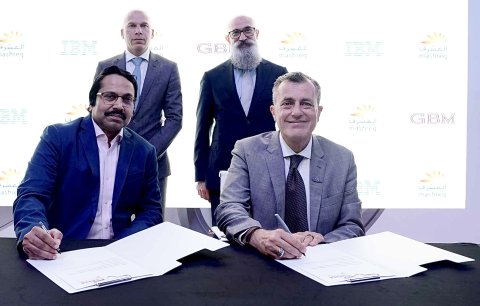 The cyber-criminals behind ZeroAccess, one of the largest botnets in existence, have lost access to more than a quarter of the infected machines they controlled because of an operation executed by security researchers from Symantec.
The cyber-criminals behind ZeroAccess, one of the largest botnets in existence, have lost access to more than a quarter of the infected machines they controlled because of an operation executed by security researchers from Symantec.
According to Symantec, the ZeroAccess botnet consists of more than 1.9 million infected computers and is used primarily to perform click fraud and Bitcoin mining in order to generate revenues estimated at tens of millions of dollars per year.
ZeroAccess has a peer-to-peer architecture where every infected computer can relay files, instructions and information to other computers – peers – in the botnet. This mechanism is used by its operators for command and control (C&C), making ZeroAccess more resilient to takedown attempts than botnets that depend on dedicated C&C servers.
Earlier this year, security researchers from Symantec found a practical way to liberate ZeroAccess bots from the botmasters by leveraging a known design weakness in the peer-to-peer mechanism.
However, in June the botnet’s creators started distributing a new version of the malware containing modifications to address the known flaw. This led to Symantec’s decision to launch a sinkholing operation in mid-July – an operation that involves hijacking the bots in a way that would prevent attackers from regaining control of them.
“This operation quickly resulted in the detachment of over half a million bots and made a serious dent to the number of bots controlled by the botmaster,” the Symantec researchers said Monday in a blog post.
The sinkholed bots hadn’t been updated and still have the weakness, but they were isolated to the point where they now only communicate with servers run by Symantec, said Vikram Thakur, principal security response manager at Symantec. “We do not believe that there is any way for the botmasters to regain control of these bots.”
The sinkholing operation took only a few days, but Symantec has since worked to make sure that its sinkhole is stable and shared data with ISPs (Internet service providers) and computer emergency response teams (CERTs) so they can start the process of identifying and cleaning the infected computers.
“We wanted to make sure that the foundation for remediation was solid before we announced it to the public,” Thakur said.
ISPs have been provided with traffic signatures that will help identify ZeroAccess bots on their networks, so they can act to take measures even against the bots that haven’t been sinkholed, Thakur said.
The Symantec researchers performed tests in the lab in order to estimate the botnet’s energy costs to victims and how much money it generates for its owners.
The company estimated that the Bitcoin mining activity, which uses computational power to generate Bitcoins, a type of virtual currency, would consume an additional 1.82 kWh per day for every infected computer, if that computer would be turned on all the time.
“But multiply this figure by 1.9 million for the whole botnet and we are now looking at energy usage of 3,458,000 KWh (3,458 MWh), enough to power over 111,000 homes each day,” the Symantec researchers said. “This amount of energy is considerably greater than the output of the largest power station in Moss Landing, California, which could produce 2,484 MW and would come with a corresponding electricity bill of $560,887 a day.”
Assuming that all computers in the botnet would be like the ones used by Symantec for testing – which were not very powerful and had old-generation Pentium D CPUs – the botnet would generate around $2,165 worth of Bitcoins per day. That amount doesn’t justify the energy costs, but since it’s at someone else’s expense, it’s a highly attractive proposition for the botnet operators, the Symantec researchers said.
The botnet’s click fraud activity, which involves displaying ads on infected computers and then clicking on them as if real users did, is much more profitable.
A single bot generates roughly 1,000 clicks every day and when that’s multiplied by 1.9 million, even if a single click is worth a fraction of a penny, the botnet can generate tens of millions of dollars per year, the Symantec researchers said.
The ZeroAccess botnet is maintained and controlled by a few individuals who also created the malware and have access to the source code, Thakur said. They’re earning between maybe 20 percent and 40 percent of the click fraud money generated by the botnet, but probably even less than that, he said.
A good amount of the money is going to different players in the online advertising ecosystem – ad networks, traffic brokers, publishers and others, he said. “Money is being distributed in a lot of different places.”





